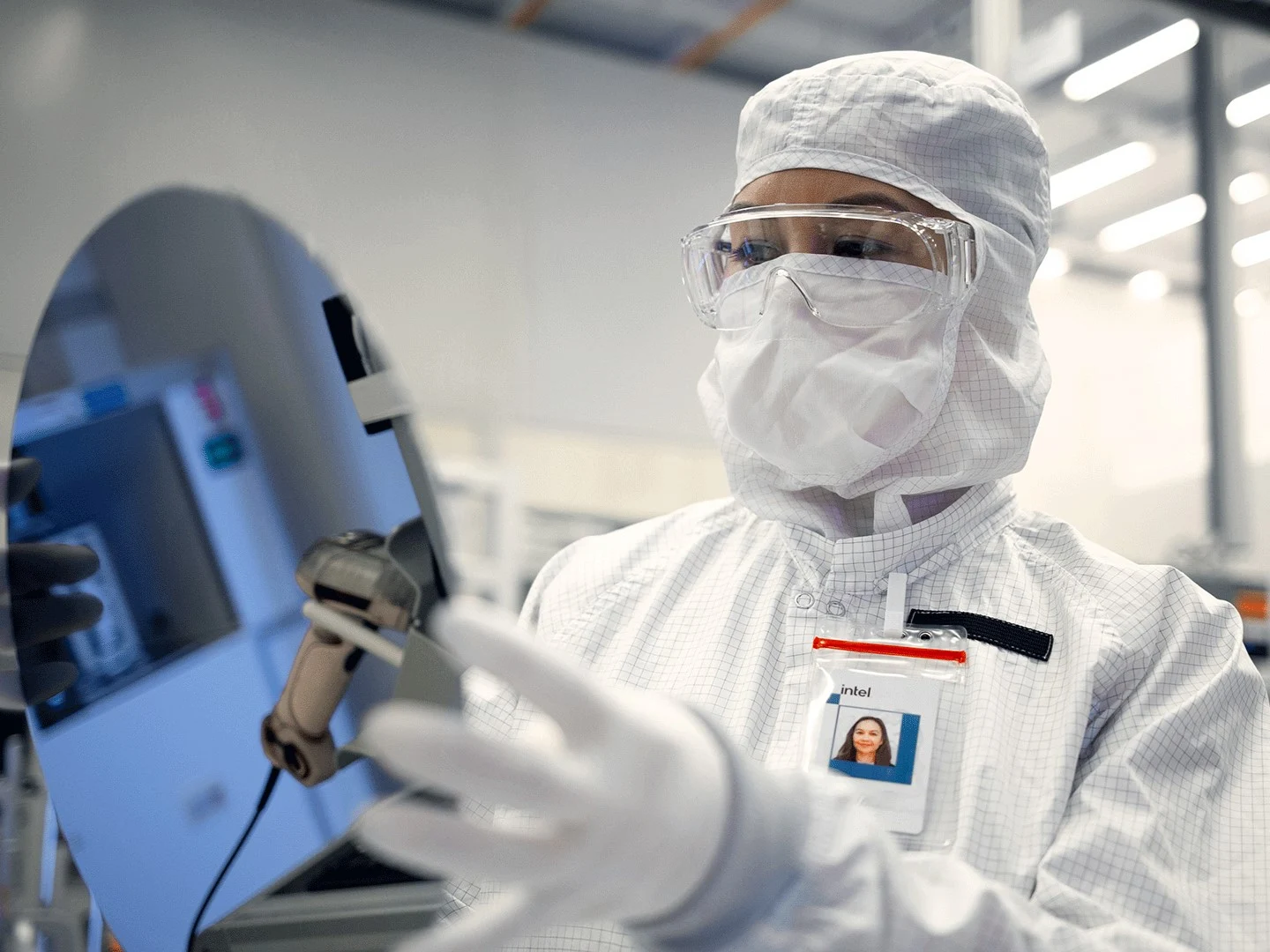Key Takeaways
1. Intel Foundry is losing billions each quarter while working to increase capacity and innovate technologies, aiming for breakeven by 2027.
2. The first product using the new 18A technology, the Panther Lake CPU, will be released in late 2025, with plans to transition other series to this technology.
3. Demand for chips from external clients is currently low, but Intel plans to utilize early 18A wafers for its own products to improve profitability.
4. To achieve breakeven, Intel needs to generate low- to mid-single-digit billions in annual revenue from external wafers, supplemented by advanced packaging and partnerships.
5. Intel plans to produce more premium client silicon internally, including the Nova Lake CPU, to enhance cost discipline and maximize capacity.
Intel Foundry is continuing to lose “billions each quarter” as it works on increasing its capacity and innovating new technologies. During a talk at J.P. Morgan’s Global Technology, Media & Communications Conference, CFO Zinsner mentioned that they aim to reach breakeven by “sometime in 2027,” which is a timeline the company hinted at earlier this year.
Upcoming Products and Technology
The first product based on the new 18A technology, a client CPU known as Panther Lake, is set to be released in late 2025. Additionally, Intel plans to transition the Clearwater Forest Xeon series and some third-party designs to this same technology node. Management sees the 18A as a way to convince clients to embrace its next versions, 18A-P and 14A.
Demand and Strategy
Currently, the demand from outside sources is limited. Many potential clients are still testing chips, and Zinsner admitted that the “committed volume is not significant.” To counterbalance this, Intel is counting on its own products to use up most of the early 18A wafers, thereby enhancing fab utilization and profitability.
To reach their breakeven goal, Intel needs to generate only “low- to mid-single-digit billions” in annual revenue from external wafers. This will be supplemented by advanced packaging, production of mature-node output like Intel 16, and collaborations with partners such as UMC and Tower. The use of High-NA EUV for 14A will increase costs at first, but Intel is confident that the improvements in density and performance will make the initial expenses worthwhile.
Internal Production Plans
Intel also intends to produce more of its premium client silicon internally. The new Nova Lake CPU, which is based on 18A-P, will be added to the internal production alongside Panther Lake. Zinsner believes that having Foundry “compete” for these wafers under the company’s smart-capital model will enhance cost discipline while maximizing capacity, which should improve margins even before large external orders come in.
Source:
Link


